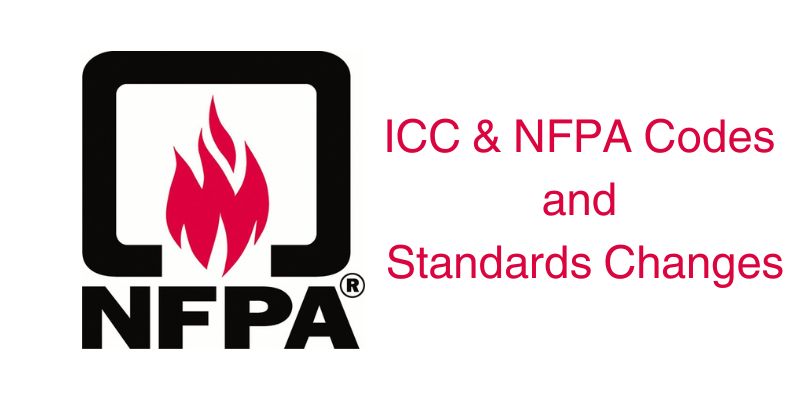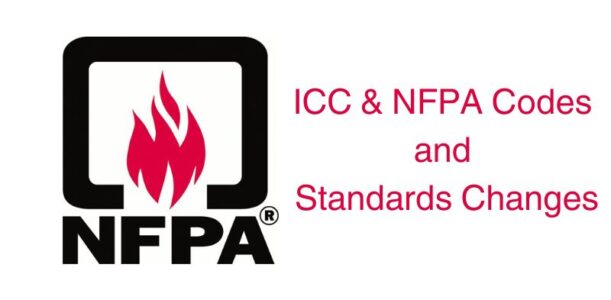Get A Quote

Terminology Revisions
The terminology used in these codes and standards has been revised so they can work in harmony more effectively with other standards and codes like UL 2524, the system’s new product standard.
NFPA 1225, which defines the standard for the installation of emergency communication systems, has removed the word “radio” to allow for additional advancements like cellular technology. This is an important change because, more and more frequently, public safety agencies are choosing not to use land mobile radio and opting for FirstNet broadband for data transmission and voice communication.
This change will ensure the Bi-Directional Amplifier System (BDA) equipment that is used will provide the effective and safe performance that is required by the code and manufacturer. Product standards lay the foundation for the construction reliability and performance of each product, as well as the marketing requirements. This is very important in the fire and life safety industry when dealing with BDA and fire safety systems.
Coverage for Emergency Communications
Section 5.10.4.1 of the code was revised so critical areas require 99% coverage, which correlates with the IFC critical area coverage requirements in the 2016 and 2019 editions. This revision was made because of the importance and need for emergency responders to be able to manage emergency operations through extensive critical area coverage.
NFPA 1225 will be the new standard number in the next edition of 1221.
Active Radio Frequency (RF) devices will have circuitry integrated into their design that will detect and control oscillation. Oscillation happens when an antenna that is located inside of a building has too much gain and forces the RF signal to the donor antenna located on the exterior of the building. A loud, high-pitched noise occurs when the speakers and mic are too close to one another, disabling communication between emergency responders.
510.4.2.5 Subsection Eight
A new subsection called “Oscillation of Active RF Emitting Devices” was added that requires a fire alarm system to produce and monitor an audible signal if oscillation occurs at an onsite location that is consistently attended.
The revision for the 2021 code includes both Class A and Class B systems to ensure they are tested for the near-far effect. The donor antenna must be properly aligned on the outside of the building, whether it is mounted on a movable sled or permanently affixed to the building itself. This is important for the effective operation of the in-building public safety communication system.
The fire code official must approve the public safety donor antenna and any repositioning of the antenna if it is on a movable sled, as stated in the 2021 code.
HRSS/SMG is an industry leader in commercial fire and life safety systems. Our services range from the custom design, installation, maintenance, repair, and 24/7/365 monitoring of your building’s fire alarm system. We offer high-quality, UL-listed commercial fire alarm system equipment and knowledgeable fire and life safety system design with complete code compliance. Contact us with any questions about how to ensure your commercial fire alarm system remains compliant with the new revisions to the NFPA codes and standards.



